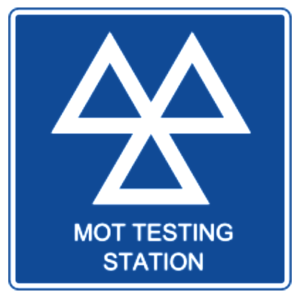Don’t Fail to Keep Your Tyres Legal…
OKO is proud to have joined the ranks of the UK’s Society of Motor Manufacturers and Traders (SMMT).
The Society is currently canvassing members about proposed changes to the ‘MOT’ safety tests that are carried out on vehicles from motorbikes up to 3.5 gross tonne trucks.
Data published by the UK Government for the quarter of the year up to 31 December 2021
show that the Top 4 Causes of MOT Failures, by % of all Failures, were:
- Lamps, reflectors, electrical 5%
- Suspension 9%
- Brakes 3%
- TYRES 9%
By Class of Vehicle, Tyre MOT Failures were:
Classes 1-2: Motorcycles 9.6%
Classes 3-4: Cars & Light Vans <3T 11.9%
Class 5: Passenger vehicles >12 seats 11.0%
Class 7: Goods vehicles 3- 3.5T gross 6.0%
The very large number of cars and light commercials sway the data, and they have the highest share of failures from illegal tyres. The share has declined slightly from 12.6% in the first half of 2020.
Motorcycles are steady, in the 9-10% range.
Heavy Goods Vehicles consistently have the lowest tyre fail proportion of all MOT issues, and this is very consistent at 5.7% to 6.0%. We can make the assumption that commercial fleet owners are more scrupulous than other road users about their tyres’ condition.
It is in the remaining Class, comprising minibuses and buses, that the percentage has ballooned from a good 4.5% in the final quarter of 2021 to 11.0% just a year later. This sector has been hard hit by COVID restrictions, reduced staffing and a big loss of passengers: but it is concerning that illegal tyres are becoming a much bigger issue than before.
What Can Be Done?
Tyre life is shortened by a failure to maintain correct pressure, which causes uneven wear; and under-inflated tyres build up friction and heat faster at speed, which accelerates overall wear.
Tyre Pressure Monitoring Systems (TPMS) give a warning of under-inflation of one tyre: but it is like shutting the proverbial stable door after the horse has bolted. What is needed is preventative action from when all the tyres are new.
Fitting OKO to all tyres of a vehicle (including any spare) is a safety measure that seals punctures as soon as they happen: but the OKO liquid also forms a liquid layer inside the tread that prevents air loss from the ever-flexing, porous rubber. It also cools and conditions the tyre. This significantly extends tyre life – typically by 20% or more.
Michelin and others have demonstrated in tests that properly-inflated tyres have on average 3% better fuel consumption. That’s another worthwhile carbon and cost-reducing contribution from fitting OKO.
Action Points
So, if you are the owner or manager of a fleet of Minibuses, Buses or Coaches, you can act to reverse the increase in tyre-related MOT failures, as well as improving your bottom line in several ways, by fitting OKO Truck & Bus tyre sealant (just as many heavy-duty truck fleets already do).
While Light Commercials benefit by fitting OKO Light On Road and avoiding late puncture-related deliveries and expensive downtime.
And Motorbike riders can protect themselves from catastrophic punctures by fitting OKO On Road Motorbike sealant that is designed to handle riding at speed – and even if a puncture is too big to seal fully, it can slow down the deflation and often avoid a crash. It can help you pass an MOT test too, by slowing down the rate of tyre wear…

